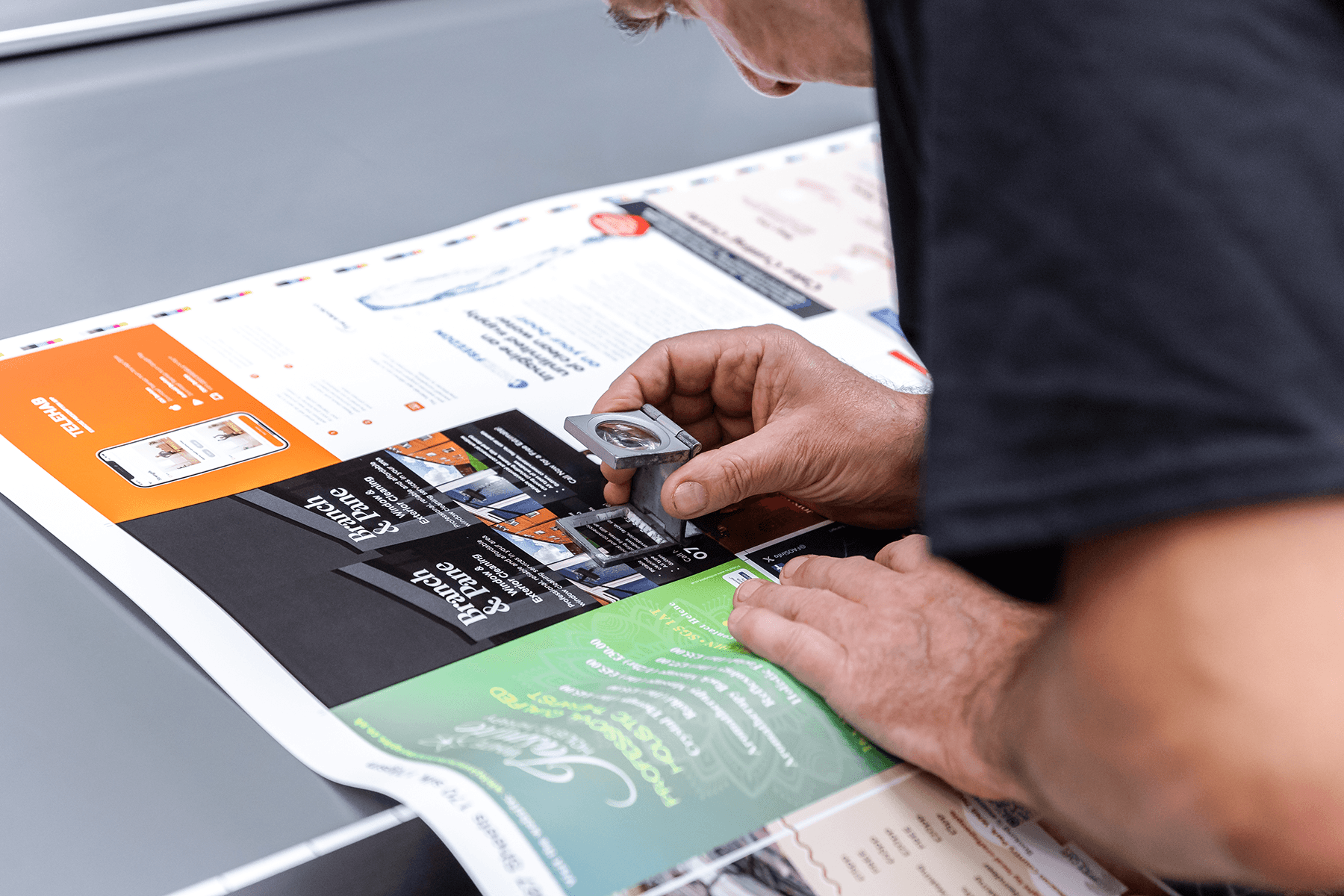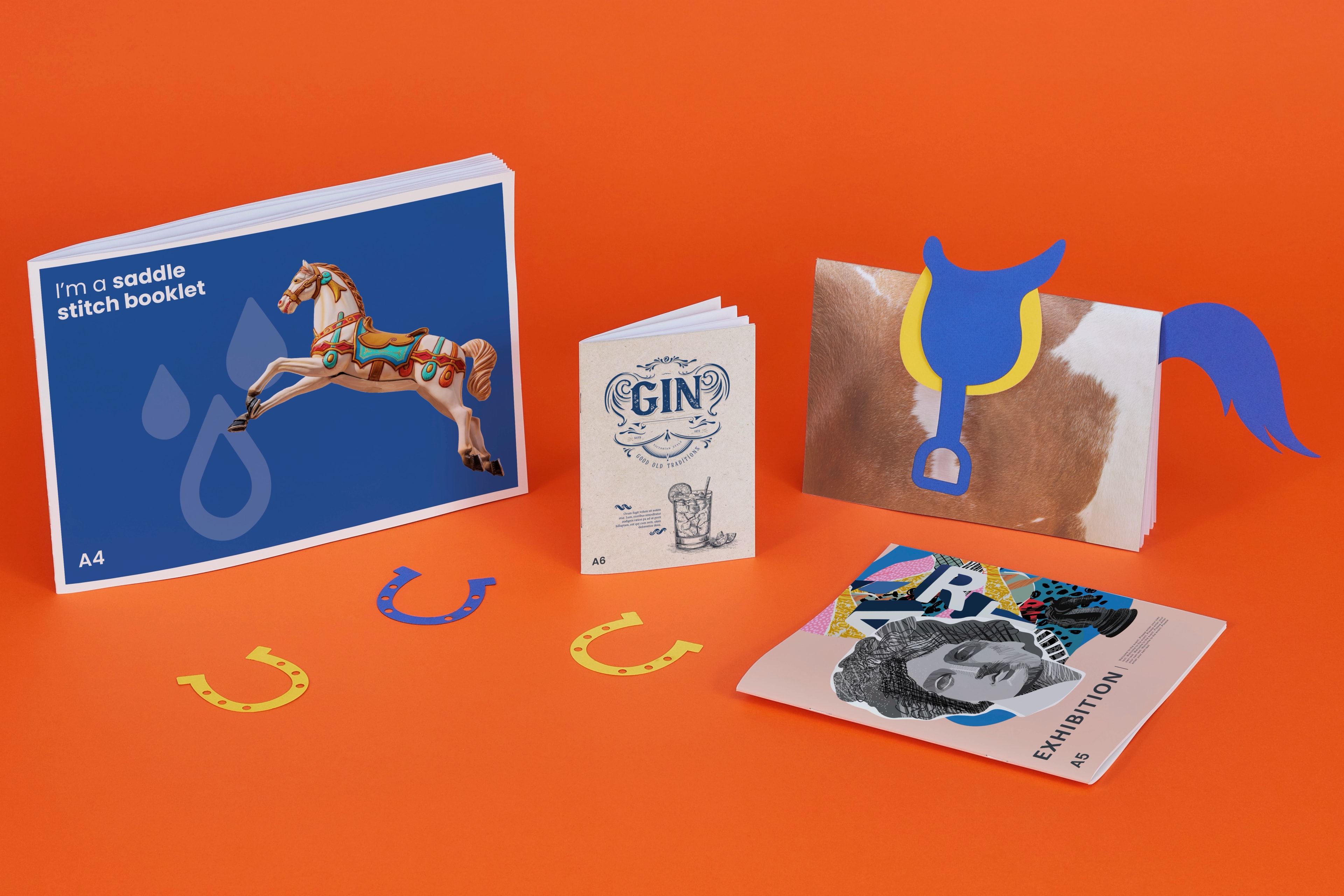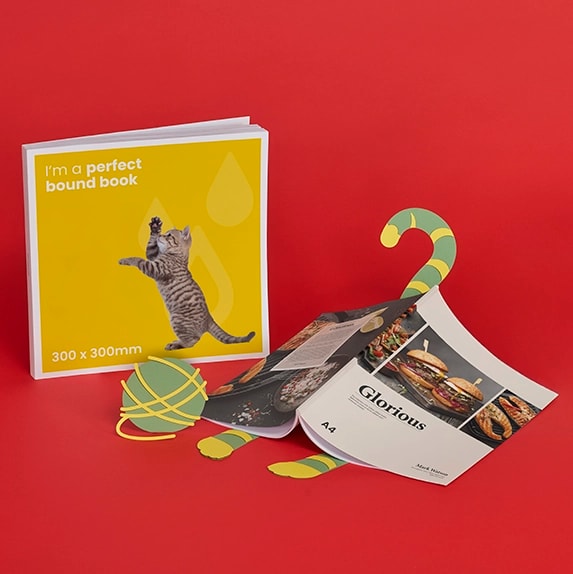
How to Print a Magazine
It doesn’t matter if you’re a keeper of goldfish, a keen runner, or an enthusiastic cook – chances are that there’s a magazine in the UK that will cater to your needs. At the last count, there were around 3000 different magazine titles produced each month in the UK, from those sharing celebrity gossip to those catering for interests or hobbies.
From crafting to cars, travel to taxidermy (yes, it’s a real thing!), and fashion to football – you’d be hard pressed to find a subject matter that doesn’t have a dedicated magazine title. The good news, however, is that there’s always room for more, particularly if you have a subject or group that hasn’t yet been tapped into. And printing a magazine is easier than ever before, whether purely for fun or as a commercial enterprise. But how much does it cost to print a magazine?
Cheapest magazine printing options
If you are starting out on your magazine printing journey, you will want to keep costs down until you find out whether your publication gains traction. To do this, you will undoubtedly be scouring the market for cheap magazine printing in the UK.
However, you also want to make sure that cheap magazine printing doesn’t compromise on quality. So what paper is best for magazine printing? A stapled magazine featuring a 250gsm cover with 115gsm inner silk paper is highly cost-effective and can be printed either in short or long run – for less pages, saddle stitched are a good option. For added quality and durability, perfect bound with a 250gsm cover and 130gsm silk inner pages is a good solid combo.
How to create your own magazine
Before you start, there’s a few questions you need to ask yourself:
- Who are you producing your magazine for?
- Is it for a special one-off event?
- Is it a newsletter to share with a group of like-minded people?
- Is it for a school or college?
- Is it your own version of something more widely available, such as a publication for fashion, events or attractions?
When you know who and what you are writing for you can start to think about language nuances, imagery, and tone of voice. The next step is to think about content. As well as the written copy you’ll also need to think about imagery, you will need good quality pictures or photographs to ensure they reproduce well.
Pages need to be in multiples of four, so make sure you have a rough idea of page content and either condense down or spread out the content if it is not in multiples of four when you draft your magazine.
If you are planning to sell advertising to help finance the production, consider who are you going to approach and how much are you planning to charge. It’s important when approaching potential advertisers that you consider who their audience could be, so you can make sure your publication lines up with those who the adverts are targeting (you wouldn’t advertise men’s aftershave in a magazine aimed at women, for example).
Potential advertisers will want to know how many copies you are planning to print and how often too. A bi-monthly publication has a longer shelf-life than a weekly magazine so advertising space will likely cost more. Adverts on the right-hand side also tend to be more costly as that is where the eye is first drawn to, so you may find your advertisers bartering for right hand side advertising space. Mix up advertising and editorial pages so your publication remains engaging and bear in mind the middle pages - commonly known as the centre spread – the perfect place for an eye-catching piece or image heavy content.
Can you print your own magazine and how do I do so?
We have several options for magazines – it’s simply a matter of choosing what works best for you. You might decide you want to present your work in a newspaper style, which is a particularly good choice for schools or business newsletters. You can choose from tabloid size (think The Sun or Daily Mirror) to an A3 broadsheet style (think The Telegraph or The Times) – either works well. Or you might decide you need a bespoke size that works for you, which is easily accommodated.
A saddle stitched, stapled book is a more traditional magazine look and is perfect for large volumes of magazines. You can download a template and fit your copy in it – and the good news is there’s always someone on hand to help if you get stuck. These books can print up to 68 pages, more than enough for your bespoke magazine. Again, there’s a variety of paper choices available so you can choose what you feel most reflects your product.
You might even want to consider going green and choosing paper made from 100 per cent recycled fibre. If your magazine is based around the environment/sustainability or something similar, then this really boosts your credentials and credibility.
How do I publish a magazine?
Creating and printing your own magazine may once upon a time have been the exclusive realm of big publishers and teams of editorial and advertising staff. Now with some creativity, drive and commitment this is something that you can easily do on your own – so what are you waiting for?
Posted on March 17, 2022 by WTTB
Related topics:

